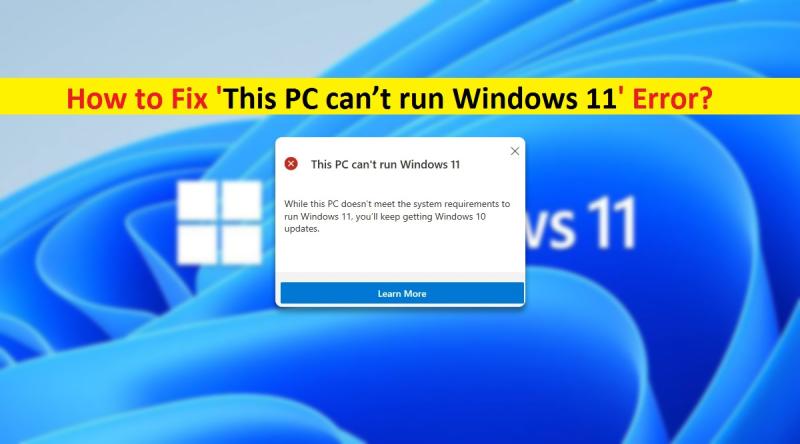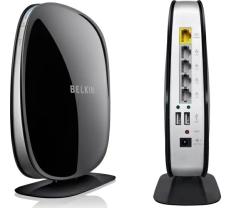How do I Fix my PC errors?
Troubleshooting PC errors can be tricky, but I can help! To give you the best advice, I need some more information about the specific problems you're facing. Tell me:
- What symptoms are you experiencing? Are you seeing error messages, experiencing crashes, slow performance, or something else?
- When did the problems start? Did they occur suddenly, or gradually over time?
- Have you made any recent changes to your PC? Installed new software, updated drivers, added hardware, etc.?
- What is your PC's operating system and configuration? Knowing this helps narrow down potential causes.
The more details you can provide, the better I can guide you through troubleshooting steps and suggest solutions tailored to your specific situation.
Here are some general steps you can take in the meantime:
1. Basic Checks:
- Restart your PC: This simple step can often resolve temporary glitches.
- Check for software updates: Ensure your operating system, drivers, and essential software are up-to-date.
- Scan for malware: Run an antivirus and anti-malware scan to rule out malicious software causing problems.
2. System Diagnostics:
- Run Windows System File Checker: This tool scans and repairs corrupted system files.
- Run Windows Memory Diagnostic: This tool checks for RAM issues that can cause crashes and instability.
- Check Event Viewer: This logs system events, including errors, which can provide clues about the problem.
3. Advanced Troubleshooting:
- Search online forums and troubleshooting resources: Look for solutions specific to your error messages or symptoms.
- Boot into Safe Mode: This starts Windows with minimal drivers and services, helping diagnose software conflicts.
- Reset your PC: This reinstalls Windows and removes all personal data, use this as a last resort.
Remember:
- Be patient and methodical when troubleshooting.
- Document your steps and results to avoid repeating solutions that don't work.
- Back up your important data before making significant changes.
Once you provide more details about your PC's issues, I can offer more specific advice and guide you through the troubleshooting process. Let's work together to get your PC back to normal!
How can I troubleshoot and fix errors on my PC?
Troubleshooting PC errors can be tricky, but I can help! To give you the best advice, I need some more information about the specific problems you're facing. Tell me:
- What symptoms are you experiencing? Are you seeing error messages, experiencing crashes, slow performance, or something else?
- When did the problems start? Did they occur suddenly, or gradually over time?
- Have you made any recent changes to your PC? Installed new software, updated drivers, added hardware, etc.?
- What is your PC's operating system and configuration? Knowing this helps narrow down potential causes.
The more details you can provide, the better I can guide you through troubleshooting steps and suggest solutions tailored to your specific situation.
Here are some general steps you can take in the meantime:
1. Basic Checks:
- Restart your PC: This simple step can often resolve temporary glitches.
- Check for software updates: Ensure your operating system, drivers, and essential software are up-to-date.
- Scan for malware: Run an antivirus and anti-malware scan to rule out malicious software causing problems.
2. System Diagnostics:
- Run Windows System File Checker: This tool scans and repairs corrupted system files.
- Run Windows Memory Diagnostic: This tool checks for RAM issues that can cause crashes and instability.
- Check Event Viewer: This logs system events, including errors, which can provide clues about the problem.
3. Advanced Troubleshooting:
- Search online forums and troubleshooting resources: Look for solutions specific to your error messages or symptoms.
- Boot into Safe Mode: This starts Windows with minimal drivers and services, helping diagnose software conflicts.
- Reset your PC: This reinstalls Windows and removes all personal data, use this as a last resort.
Remember:
- Be patient and methodical when troubleshooting.
- Document your steps and results to avoid repeating solutions that don't work.
- Back up your important data before making significant changes.
Once you provide more details about your PC's issues, I can offer more specific advice and guide you through the troubleshooting process. Let's work together to get your PC back to normal!











